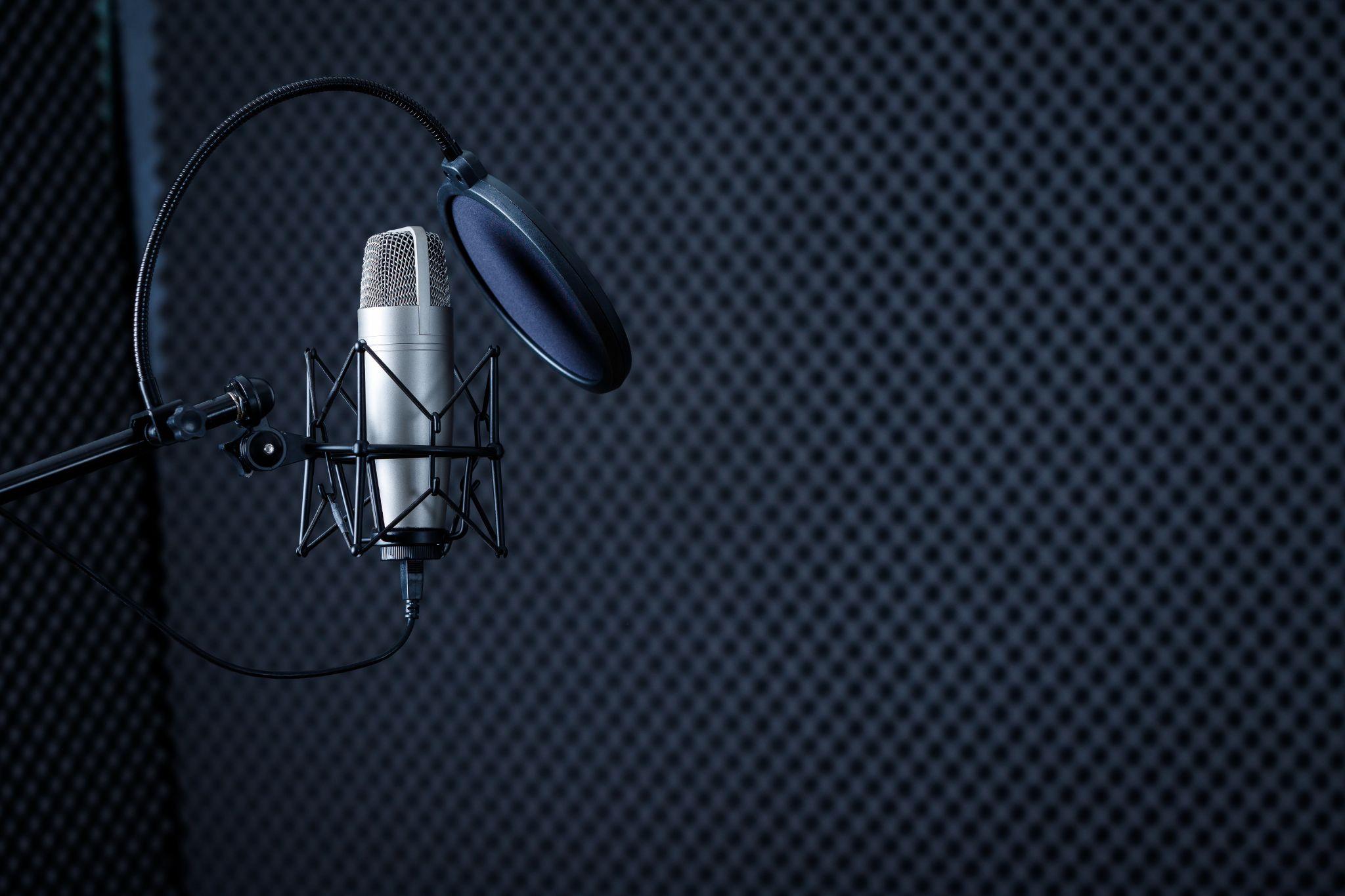Why Should a Vocal Booth Be Dead?
03/20/2025

Others
This article is intended for those involved in DTM (Desktop Music Production) as well as those recording voiceovers, narration, or dubbing. When designing a vocal or narration booth, controlling sound reflections is a key factor. In this article, we will explain the benefits and drawbacks of a dead environment, as well as how to create an ideal booth, incorporating insights from an anechoic chamber manufacturer.
Why Should a Vocal Booth Be Dead?
Preventing Unwanted Reflections
If the walls and ceiling of a vocal booth reflect too much sound, the microphone will pick up not only the direct sound but also the reflected sound, leading to the following issues:
| Phase Interference | Reflected sounds interfere with the original voice, causing certain frequencies to be enhanced or canceled out. |
| Muddled Sound | In a small booth, short reflections mix together, making the sound less defined. |
| Flutter Echo | Parallel walls can cause rapid, high-frequency echoes (flutter echo), which degrade recording clarity. |
| Difficult Mixing | Unwanted reverberations in the recording make it harder to adjust reverb later in post-production. |
Making the Audio Easy to Edit
It is common practice to apply reverb and effects to vocals after recording. A clean, uncolored recording—known as a “dry source”—provides more flexibility in mixing.
Preventing Unwanted Low-Frequency Resonance
Small rooms often suffer from booming, where certain low frequencies become exaggerated. This can make the vocal sound muddy and difficult to adjust later.
Maximizing the Microphone’s Performance
Cardioid microphones are commonly used for vocal recording, but if there are excessive reflections, they will pick up unintended sounds, reducing clarity. Reducing reflections helps maximize the microphone’s intended performance.
Can a Booth Be Too Dead?
Difficulty Hearing One’s Own Voice
With almost no reflections from the walls or ceiling, singers may struggle to hear themselves properly, leading to uncertainty and strained vocal performance.
Lack of Spatial Depth
In a typical room, some natural reflections enhance the sense of space. This effect is noticeable when singing in a bathroom, where moderate reverberation makes the voice sound fuller. A completely dead booth can make vocals feel closed-in and unnatural.
Impact on Performance
Singers often rely on resonance to control their voice. A completely dead space can make it harder to express dynamics and emotions, resulting in a flat performance.
Does This Also Apply to Narration and Dubbing Booths?
Like vocal booths, narration and dubbing booths should also be dead. Here’s why:
Capturing Clear and Intelligible Audio
For narration and dialogue recordings, clarity is paramount. Excessive reflections can muddy the ends of words and make speech harder to understand. A dead recording environment ensures smooth post-production editing.
Allowing Flexible Sound Processing for Each Character
In anime and game dubbing, each character is placed in a unique virtual space. A dry recording allows engineers to add reverb and effects later, ensuring the desired acoustic environment.
Improving Synchronization in Voiceover and Dubbing
In voiceover and dubbing work, matching the original timing precisely is crucial. Room reflections can cause misalignment, making it harder to synchronize with the original audio and lip movements. A dead environment ensures better alignment.
How to Create an Ideal Booth
Adding Reverb in the Monitor Headphones
Applying reverb to the monitor feed (headphones or in-ear monitors) helps singers feel more comfortable in a dead environment:
- Their voice sounds more natural.
- They can perceive a sense of space.
- Their performance improves.
Incorporating Moderate Diffusion
To prevent an environment from being too dead, consider the following:
| Use Diffuser Panels | Installing diffusion panels on the back wall or ceiling can help maintain some natural reflections. (The author once used a garden lattice behind the singer to add diffusion!) |
| Keep Some Reflective Surfaces | Instead of covering all walls with absorptive material, leaving some areas reflective—such as the upper parts of side walls or the ceiling—can help. |
| Ensure Adequate Booth Size | A very small booth can be too dead. A minimum size of 1.5m × 2m (5ft × 6.5ft) is ideal. |
Summary
- Vocal booths, narration booths, and dubbing studios should generally be dead.
- Reducing unwanted reflections makes post-production editing easier.
- Adding reverb to monitor headphones improves vocal comfort in a dead booth.
- Using diffusers or reflective surfaces in moderation can balance the acoustics.
- The key to booth acoustics is balancing a dead recording environment with a comfortable space for performers.
A well-designed booth allows for both clear recordings and optimal performance comfort!